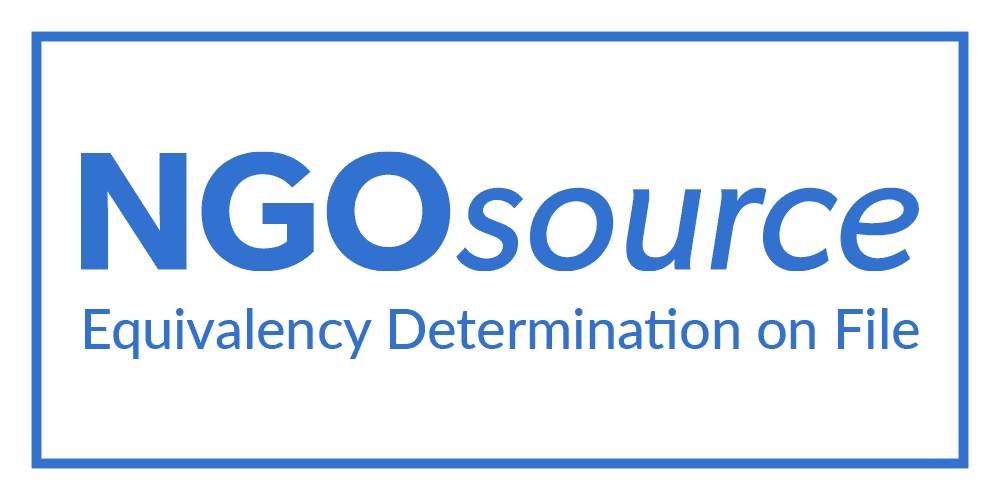TAHMO Attended GSMA MWC Meeting In October, representatives from TAHMO in Rwanda and Tanzania embarked on a transformative journey to the GSMA MWC Kigali Series. The GSMA, a global organization dedicated to unifying the mobile ecosystem and driving innovation for positive change in both business and society, set the stage...
Read More
